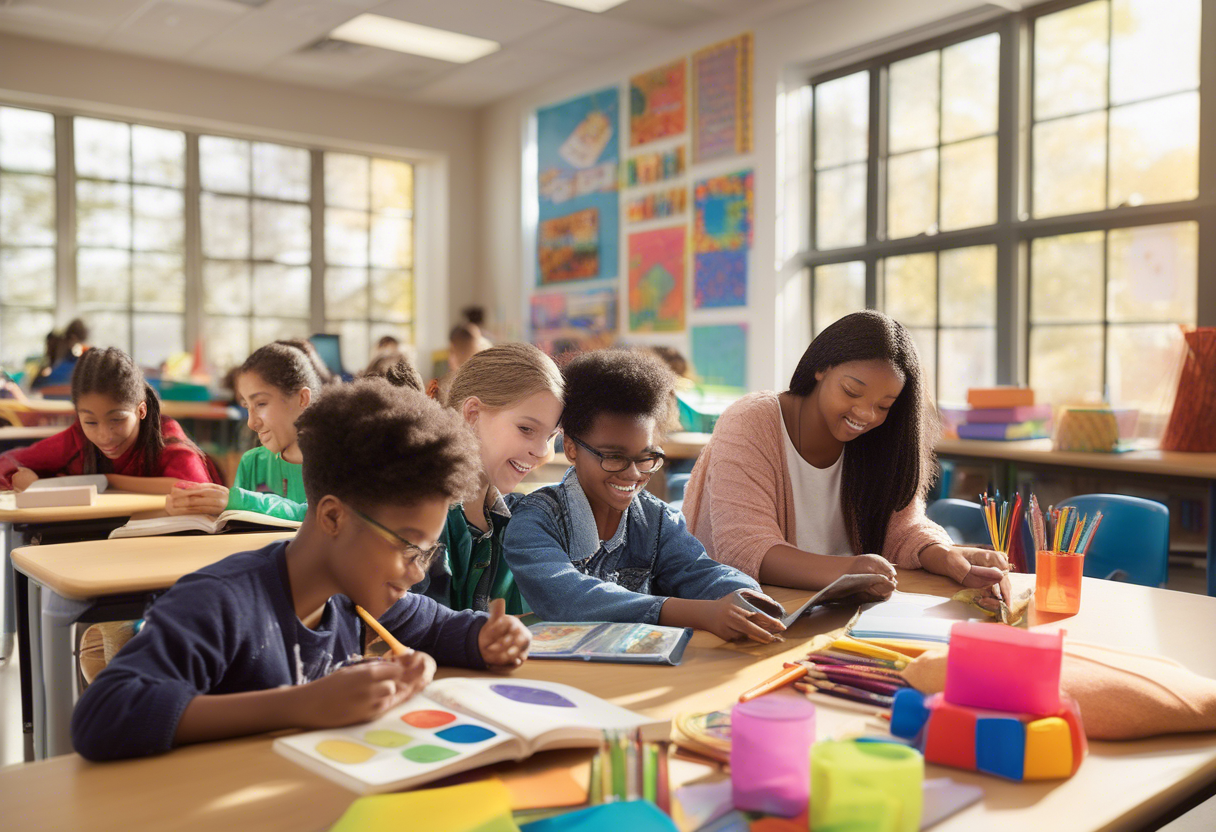
Imagine a classroom where every student's needs and interests are not just recognized, but truly valued. That's what personalized learning is all about. With the changing face of education, creating these tailored experiences has become more important than ever. Students in personalized settings improve their reading and math skills by 30% more than others. This article will guide you on how to implement personalized learning, boost student engagement, and support educators. Whether you're a teacher wanting to change your approach or just curious about this method, you're in the right spot. Let's explore how to make personalized learning work for everyone!
Step-by-Step Guide to Crafting Personalized Learning Experiences
Assess Student Strengths, Needs, and Interests for Effective Learning Experiences
To personalize learning, start by understanding each student's strengths, needs, and interests. You can gather this information through:
- Assessments
- Surveys
- Interviews
- Observation
This helps teachers gain a comprehensive view of each student's academic abilities, learning preferences, and interests. Collaborating with parents, past teachers, and others provides a fuller picture of a student's learning background and preferences. Additionally, learning needs assessments can identify any gaps or skills that require attention.
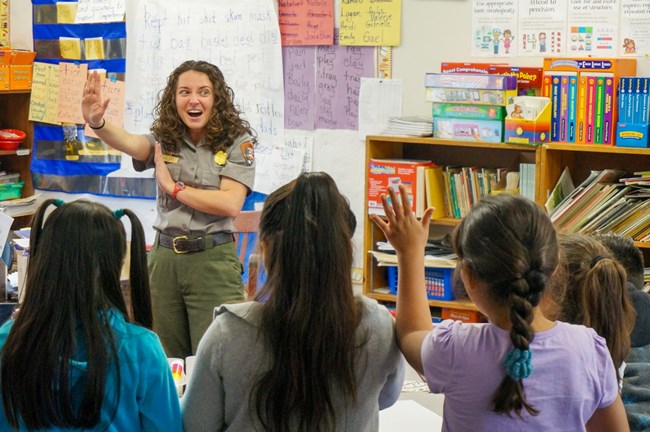
This step is crucial for tailoring the learning experience, helping students grow and stay motivated.
Define Clear, Competency-Based Learning Goals for Personalized Experiences
Setting clear, competency-based goals is essential for personalized learning. These goals should be SMART:
- Specific
- Measurable
- Achievable
- Relevant
- Time-bound
They should align with curriculum standards and students' aspirations, providing direction and motivation.
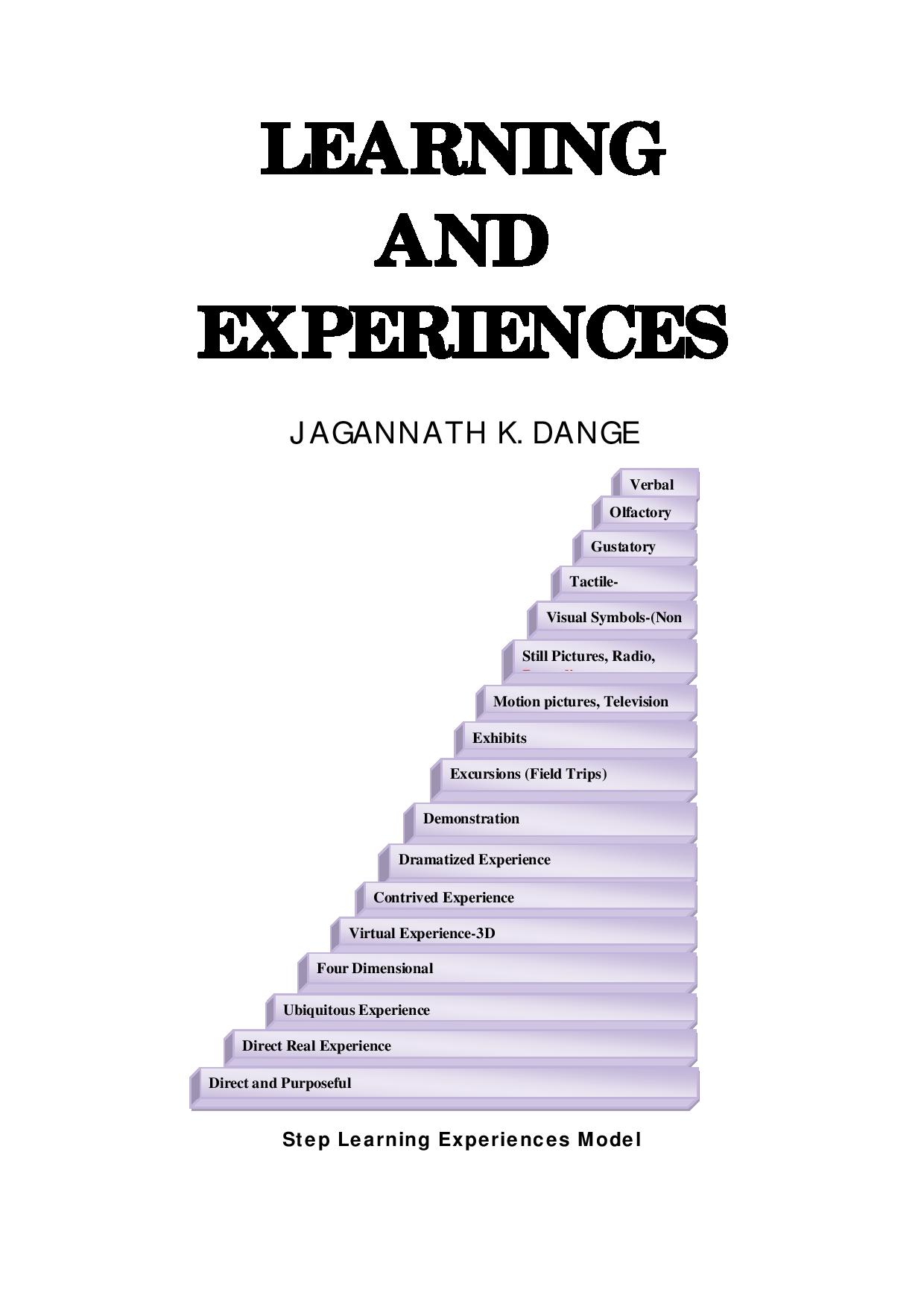
It is crucial that these goals address both academic needs and personal interests to keep students engaged. In workplace learning, aligning goals with organizational standards and specific competencies ensures that students know what they should be able to do after a learning unit, not just what content was covered, providing a clear path for everyone involved.
Involve Students in Setting Their Learning Pathways for Engaging Experiences
Empowering students to take charge of their learning is important. When students participate in setting goals, they feel more responsible, and the goals become more meaningful to them. Allowing them to choose their learning methods and preferred activities supports their independence. By consistently incorporating their input, teachers can adjust the learning path as students' needs and interests evolve. This involvement fosters accountability and encourages students to engage more deeply with their learning.
Design Flexible Learning Activities and Resources for Diverse Experiences
Creating learning activities that accommodate different learning styles is key. Consider incorporating:
- Hands-on experiments
- Reading/writing tasks
- Interactive digital content
Utilizing various methods such as eLearning, on-the-job training, coaching, group discussions, and project-based learning effectively meets learners' needs. Technology tools like virtual simulations and online platforms enhance engagement and accessibility.
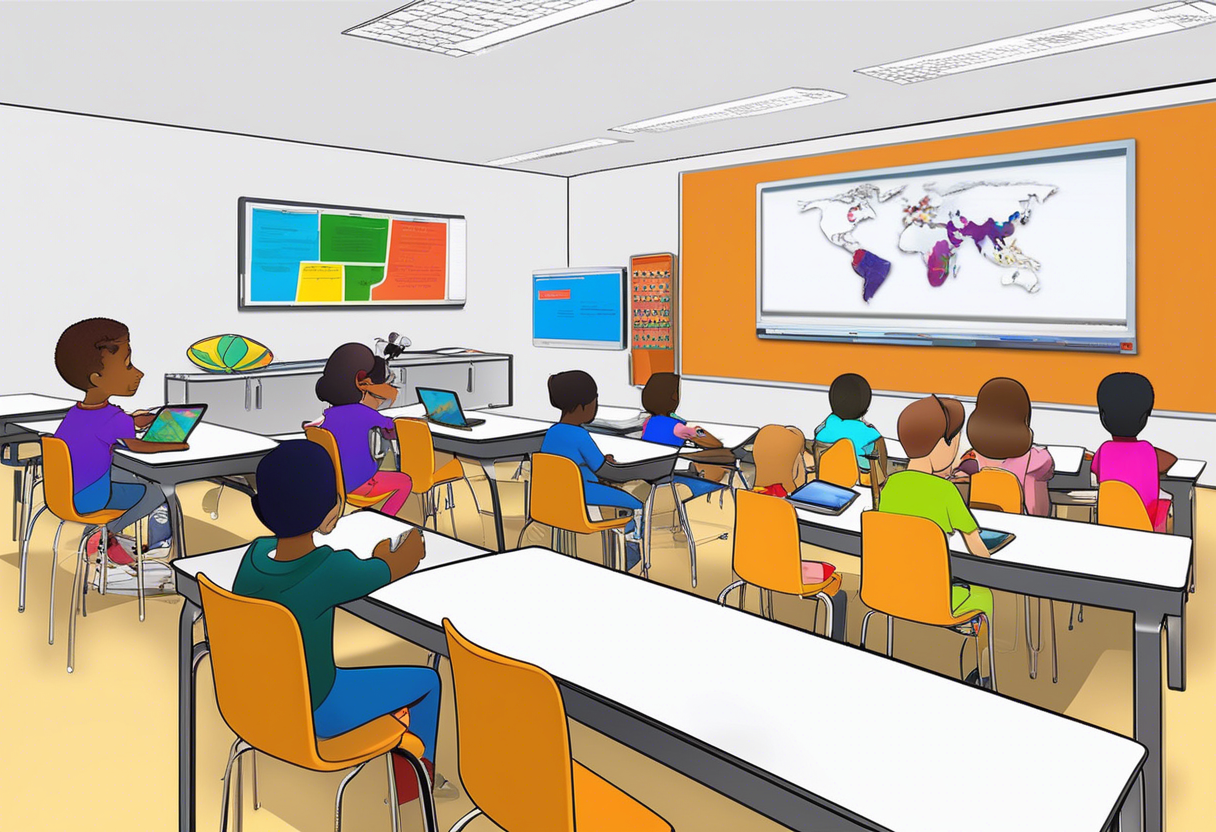
Having adaptable lesson plans that can change based on student progress and feedback ensures students can learn in ways that suit them best, leading to a deeper understanding.
Implement Ongoing, Formative Assessments for Personalized Learning Feedback
Using formative assessments throughout the learning process is crucial for tracking progress and providing feedback. Regular assessments help teachers identify student needs and adjust teaching accordingly. Employing different assessment formats such as quizzes, observations, self-assessments, and project evaluations provides a comprehensive view of learning. Timely feedback guides improvement and encourages student reflection. These assessments serve as checkpoints, allowing teachers to modify instruction and support as needed, keeping students on track with their goals.
Provide Timely, Differentiated Support in Learning Experiences
Offering timely, differentiated support based on assessment results is key to addressing individual learning gaps. Differentiating instruction by strategically grouping students and tailoring resources ensures each student receives the support they need. Utilizing coaching, peer support, and scaffolding techniques meets learners where they are and fosters growth. This approach keeps students engaged and confident, making learning a positive experience.
Allow Varied Pacing and Multiple Pathways in Learning Experiences
Recognizing that students learn at different speeds and in various ways is important. Allowing students to progress at their own pace enables them to accelerate or take more time as needed to master skills. Designing multiple learning pathways that align with different interests, skills, and career goals ensures flexibility and relevance. Assisting learners in navigating these pathways with guidance and check-ins empowers them to take charge of their education, leading to more meaningful learning.
Embed Equity Strategies Throughout Personalized Learning Experiences
Embedding equity strategies in learning ensures all activities and resources are accessible and inclusive. Addressing diverse cultural, linguistic, and socio-economic backgrounds helps close achievement gaps and offers equal chances for success. Using differentiated instruction and personalized supports ensures all students can thrive. Continuously evaluating the learning environment and materials helps identify and remove barriers to participation. These strategies create a more inclusive learning space where all students can succeed.
Encourage Student Reflection and Ownership in Learning Experiences
Encouraging reflection and ownership is vital in personalized learning. Providing students with structured opportunities to reflect on their progress, challenges, and goals helps them recognize their strengths and areas for improvement. Promoting self-assessment practices encourages students to take responsibility for their learning paths and outcomes. Encouraging a growth mindset by having students own their learning boosts self-awareness and makes them active participants in their education.
Continuously Refine the Learning Experience for Maximum Engagement
Committing to continuously refining the learning experience ensures its effectiveness. Regularly reviewing and adjusting learning plans based on assessment data, student feedback, and evolving needs is crucial. Using cycles of planning, implementation, assessment, and revision helps optimize outcomes. Engaging students, teachers, and parents in this process ensures relevance and effectiveness.
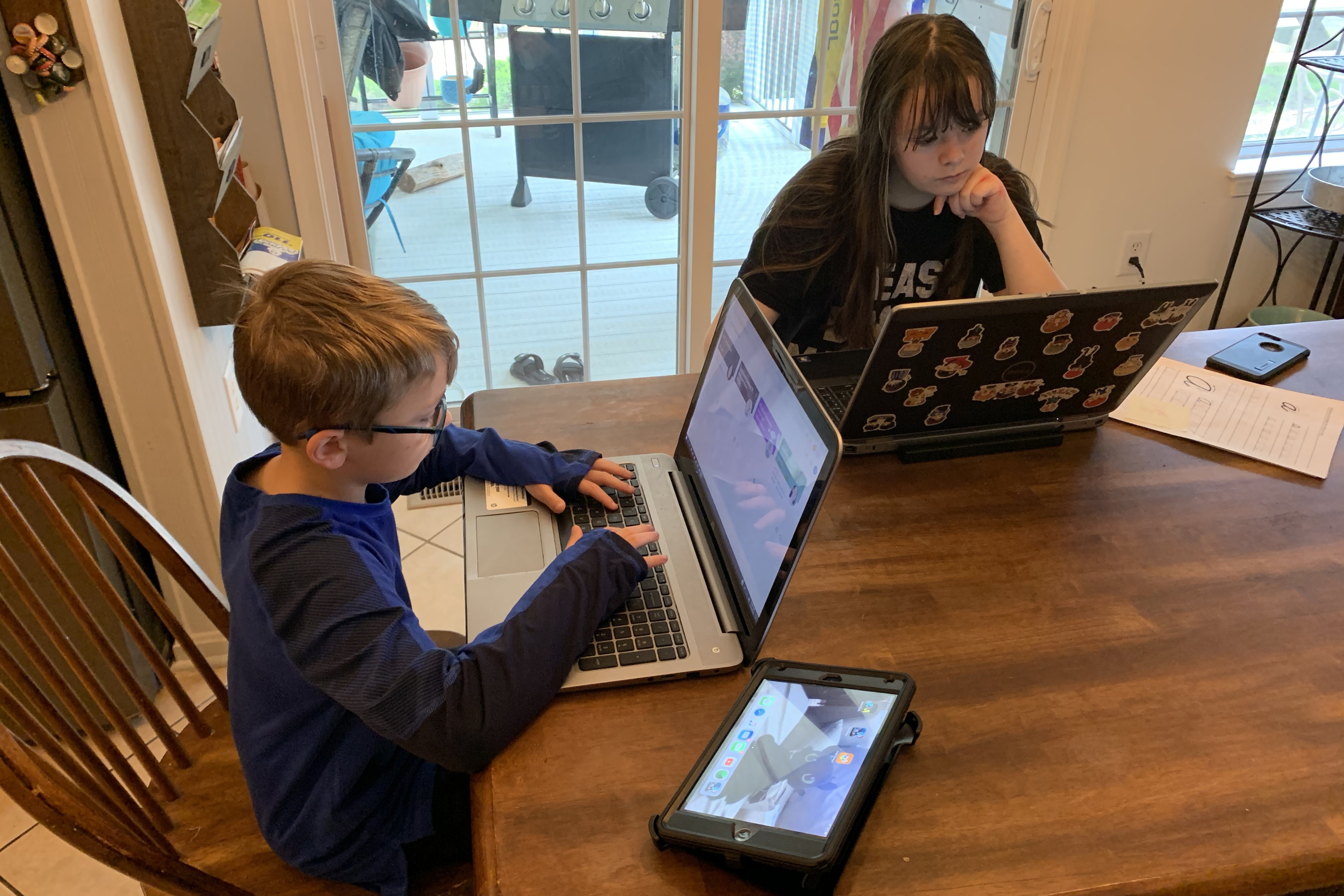
This ongoing reflection and refinement keeps the learning experience dynamic and responsive to students' needs.
Understanding Personalized Learning Experiences
Personalized learning tailors experiences, goals, and pathways to each student's needs, strengths, and interests. It focuses on student choice, flexible pacing, and varied strategies to boost engagement and mastery. The approach uses ongoing assessment and feedback to adapt learning. By focusing on individual growth, it aims to deepen understanding and prepare students for success in a changing world.
Defining Personalized Learning Experiences
Personalized learning customizes content, processes, and environments to fit each learner’s profile and goals. Unlike one-size-fits-all models, it emphasizes learner-centered goals and paths. Key elements include assessment-driven planning, student involvement, differentiated instruction, and equitable access. By prioritizing student-centered practices, it aims to create more engaging and effective educational experiences.
Core Components of Personalized Learning Experiences
The core components of personalized learning include:
- Collecting data to understand learner profiles and needs
- Setting clear goals aligned with standards and interests
- Creating flexible pathways tailored to preferences and skills
- Ongoing assessments and feedback to guide instruction and reflection
- Differentiated support and resources to tackle diverse challenges and promote equity
- Student engagement and ownership through active planning and reflection
Continuous refinement based on evidence and input keeps the learning experience effective and relevant.
For more on personalized learning, check out resources from the International Society for Technology in Education (ISTE) and the U.S. Department of Education.
Step-by-Step: Implementing Personalized Learning Experiences
Assessing Student Needs and Setting Learning Goals
The first step in personalized learning is to truly understand each student:
- Strengths and Interests: What are their strengths? What interests them?
- Areas for Improvement: Where do they need more help?
Understanding these aspects is key to crafting a learning plan that fits them. When you know your students well, you can create educational experiences that match their needs.
Goal Setting: It's important to set goals that are clear, challenging, but also realistic and meaningful to them. These goals should cover not just academics, but also social and personal growth. Using the SMART framework (Specific, Measurable, Achievable, Relevant, Time-bound) helps in setting structured goals. For example, a teacher might check a student's reading level and interests, then use SMART to set a goal for improving reading comprehension by a certain date source.
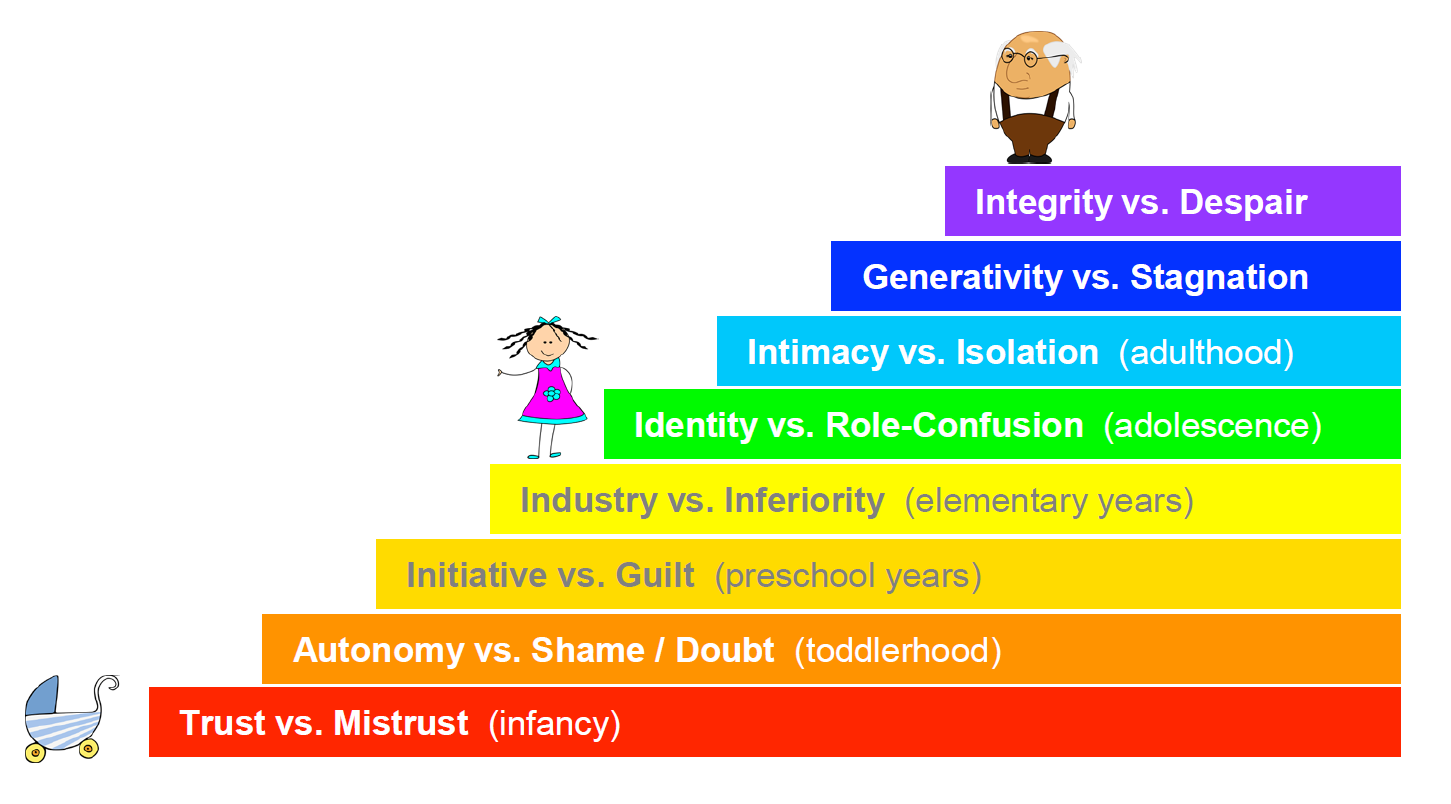
Selecting and Integrating Technology for Learning
Using technology that adapts to how each student learns is a big part of personalized learning. Adaptive learning tools use algorithms to adjust content and tests based on how a student is doing, providing immediate feedback and resources that fit their needs.
Considerations for Tech Tools:
- Support Different Learning Styles: Ensure they offer visual, auditory, and hands-on activities.
- Example: A school might use an adaptive math program that changes problem difficulty based on student responses and includes video tutorials and interactive exercises source.
Redesigning Curriculum for Personalized Learning
To make personalized learning work, you need curricula that fit students' needs and interests. This involves using a mix of resources like:
- Textbooks
- Online programs
- Games
- Hands-on activities
Flexible Learning Paths: Designing these allows students to move at their own speed, spending more time on tough topics if needed. Using project-based and competency-based learning keeps students engaged while checking their skills. A curriculum might offer modules on a topic, giving students the chance to pick projects or activities that match their interests and learning styles source.
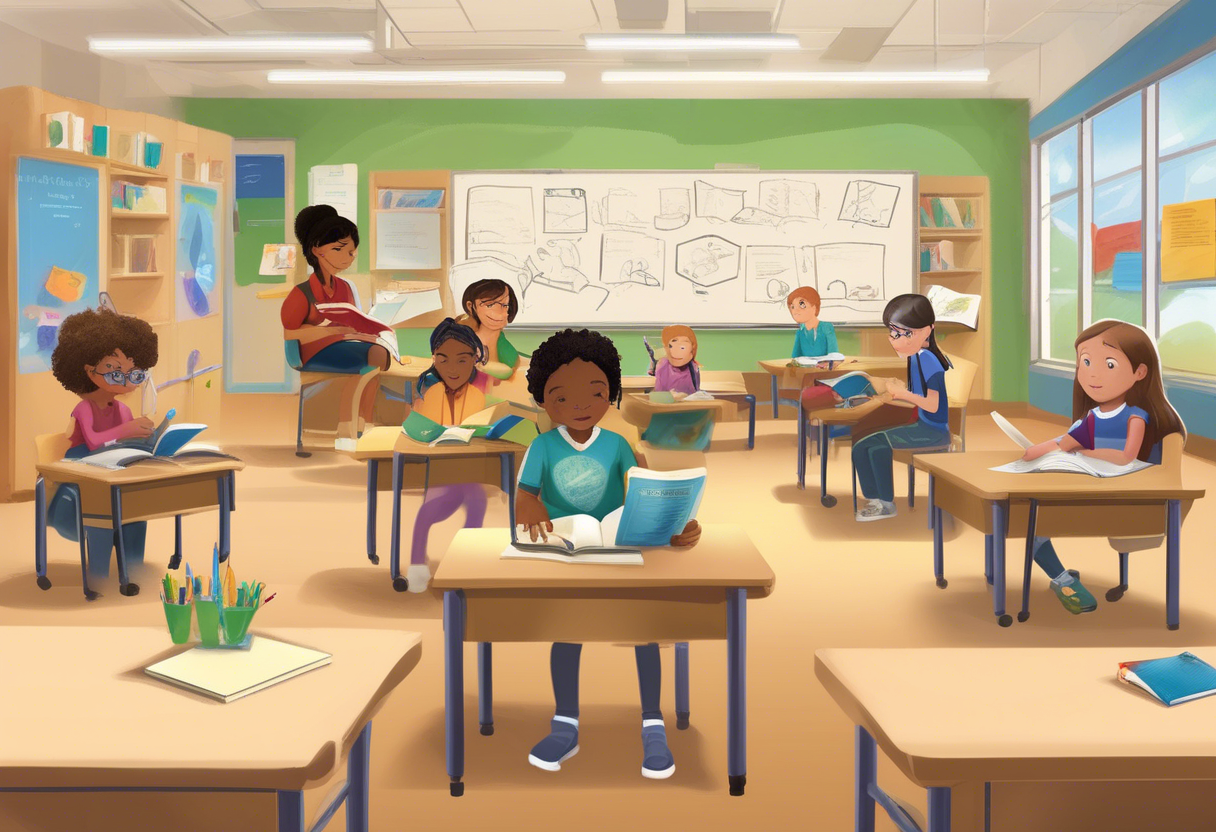
Designing Flexible Learning Environments
A flexible learning environment is crucial for personalized learning. This means offering different activities and resources like:
- Lectures
- Discussions
- Projects
- Experiments
- Games
- Tech-based activities
Regular Check-ins: These, along with formative assessments, help track progress and tweak instruction as needed. Plus, using statewide networks and technical help can support fair implementation and share best practices across schools and districts. A classroom might have quiet reading corners, project spaces, and digital learning stations, with regular teacher-student talks to adjust support source.
Creating Personalized Learning Paths
Creating personal learning paths involves:
- Breaking down goals into manageable tasks with clear timelines.
- Mixing learning styles like self-study, quizzes, and hands-on practice to boost retention.
Choice and Flexibility: Students should be able to choose different paths and pacing options to fit their unique needs and preferences. Learning plans should be updated regularly based on progress, feedback, and changing goals. A student might set up a weekly schedule with online modules, group projects, and practice exercises, adjusting the plan monthly based on progress source.
Implementing Assessment and Feedback Systems
Good assessment and feedback are key to checking student progress and the success of personalized learning plans. Regular use of:
- Formative assessments
- Observations
- Student self-reflections
These help monitor progress and guide adjustments. Checking if students are meeting their goals and staying motivated is crucial. Encouraging student reflection helps them take charge of their learning and set new goals for ongoing improvement. Teachers might use weekly quizzes and student journals to track understanding and motivation, adjusting activities and goals as needed source.
To wrap it up, personalized learning is about understanding student needs, using adaptive tech, redesigning curricula, creating flexible environments, developing personal learning paths, and setting up strong assessment and feedback systems. These steps ensure learning is tailored to each student, boosting engagement and effective outcomes.
Enhancing Engagement Through Personalized Learning Experiences
Empowering Student Autonomy with Personalized Learning
Personalized learning empowers students to take control of their educational journey by tailoring their learning experiences to fit their unique needs, interests, and abilities. When students have the option to choose or create their own learning activities, they experience increased motivation and engagement.
For example, auditory learners might select podcasts, while visual learners may prefer videos. This diversity supports various learning styles and enhances accessibility. Personalized learning playlists also play a crucial role, allowing students to choose and pace their activities, thereby fostering ownership and motivation.
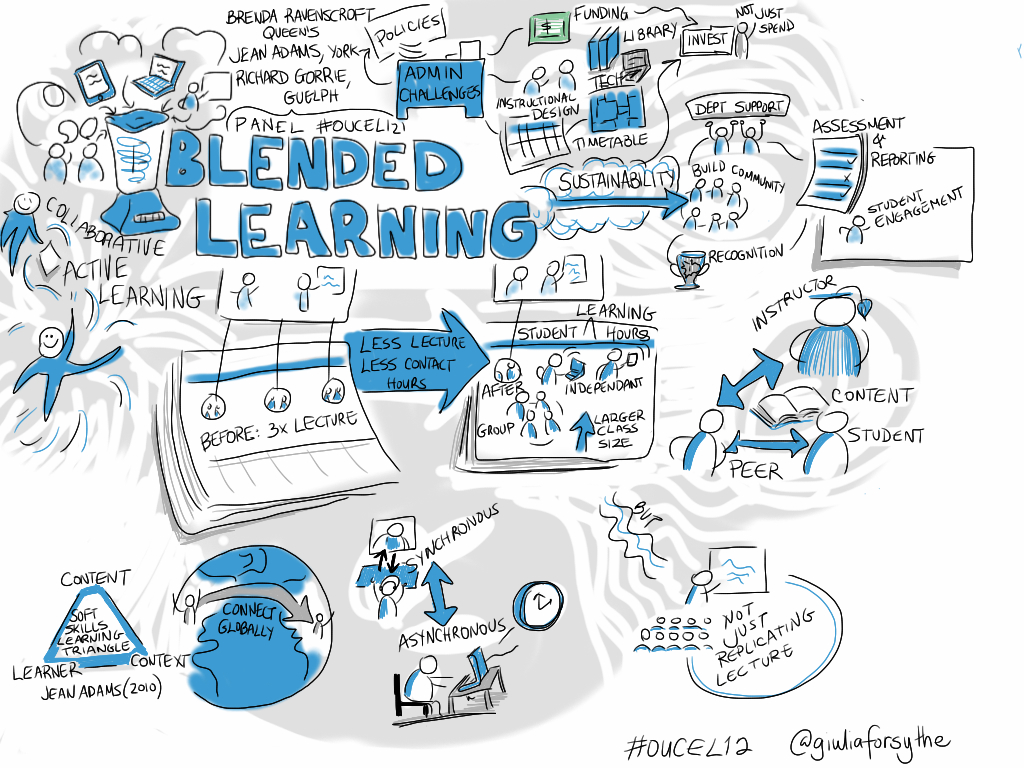
Students can engage in projects, collaborate with peers, or participate in educational games at their own speed. Additionally, flexible seating and active learning strategies promote interaction and student-led learning, further enhancing autonomy and choice in the classroom.
Read more about personalized learning.
Integrating Social and Emotional Learning for Better Engagement
Incorporating social and emotional learning (SEL) into education is essential for creating a supportive and inclusive environment. Personalized learning aligns tasks with students' interests, enhancing motivation and fostering social-emotional growth.
Experiential learning, which includes hands-on activities and reflection, aids in emotional and social development by encouraging initiative and decision-making. Techniques such as service learning and project-based learning cultivate community, empathy, and leadership skills.
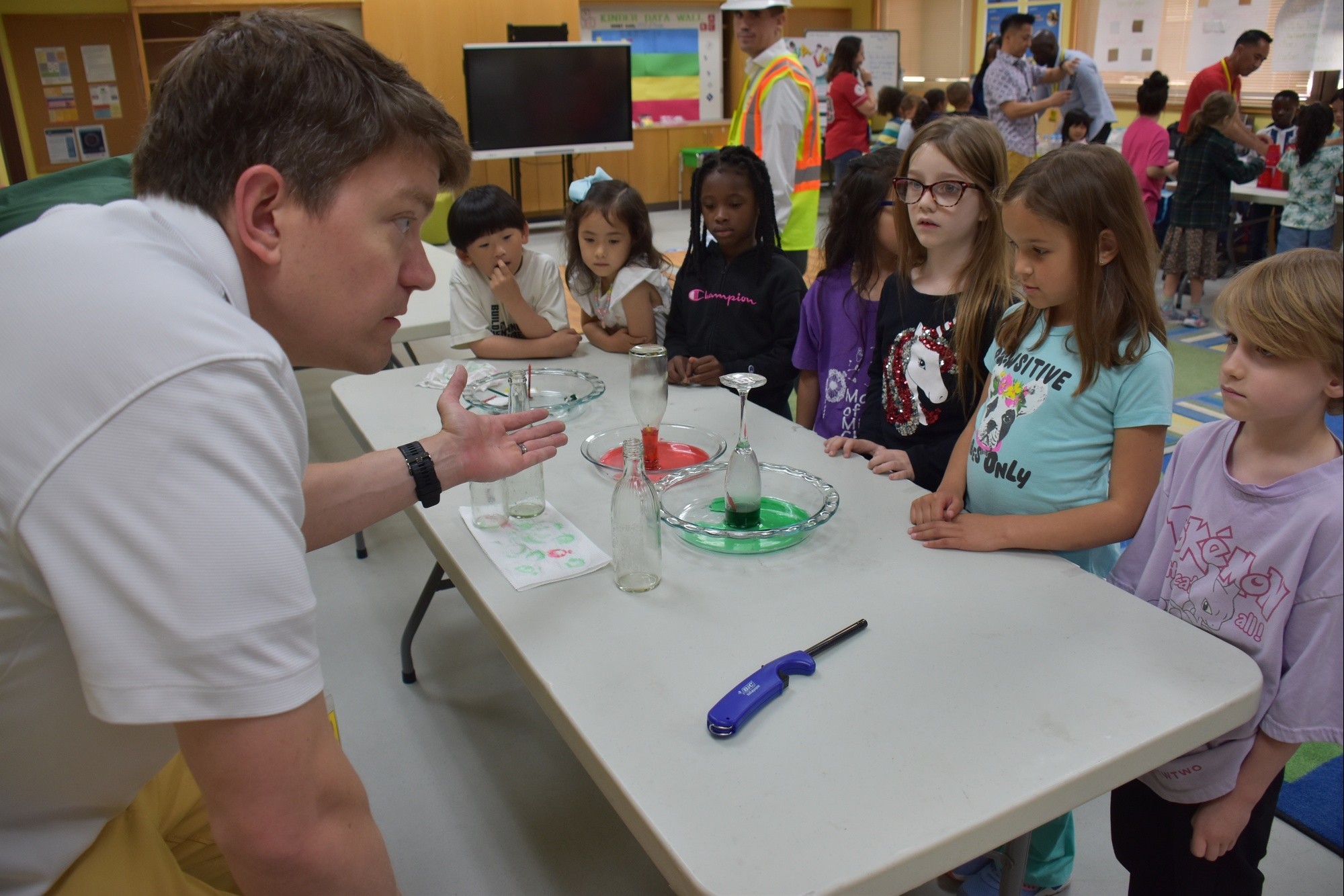
Moreover, gamification and virtual or augmented reality provide safe spaces for building patience, taking risks, and innovating, thereby enhancing emotional resilience and engagement.
Enhancing Engagement with Collaborative and Peer Learning
Engaging in group projects or peer tutoring significantly boosts student engagement by encouraging teamwork and diverse perspectives. Tools like Google Docs and Learning Management Systems facilitate real-time collaboration, enabling students to co-create knowledge and track their progress effectively.
Experiential learning frameworks emphasize collaboration with diverse groups and solving real-world problems, which enhances peer learning and skill development. Global projects and virtual field trips extend learning beyond the classroom, fostering intercultural competence and teamwork.
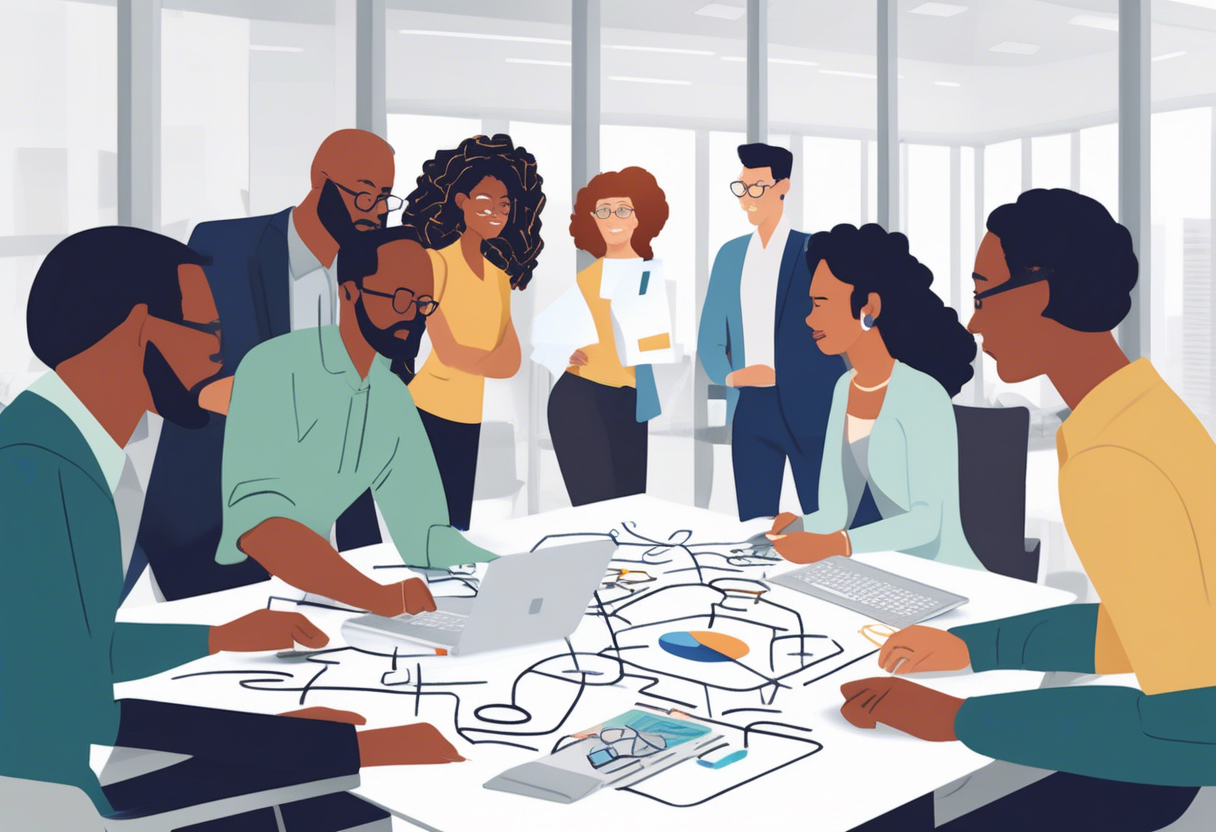
By allowing students to teach one another and co-design lessons, engagement increases, and mastery is reinforced through social interaction.
Learn about collaborative learning strategies.
Supporting Educators in Personalized Learning Experiences
Professional Development for Personalized Learning
To effectively implement personalized learning, teachers require specialized training. This involves becoming proficient with adaptive learning technologies, which utilize algorithms to provide students with real-time feedback and support tailored to their individual needs.
Key Areas of Professional Development:
- Differentiated Instruction Strategies: Training should include strategies for differentiated instruction, enabling teachers to adapt their methods to accommodate various learning styles, such as visual, auditory, and kinesthetic.
- Project-Based Learning Techniques: Understanding project-based learning is crucial. PBL engages students in real-world projects, enhancing their critical thinking and teamwork skills.
- Competency-Based Assessment Skills: Teachers need to develop skills in creating competency-based assessments, allowing students to progress at their own pace.
- Enhancing Student Agency: Emphasizing student agency through learning centers, flipped classrooms, and personalized playlists is vital.
- Mastering Assessment Literacy: Ongoing training in assessment literacy helps teachers monitor and adjust lessons to ensure fair learning outcomes.
- Designing Performance-Based Assessments: Designing performance-based assessments is essential for crafting tasks that encourage genuine engagement and understanding.
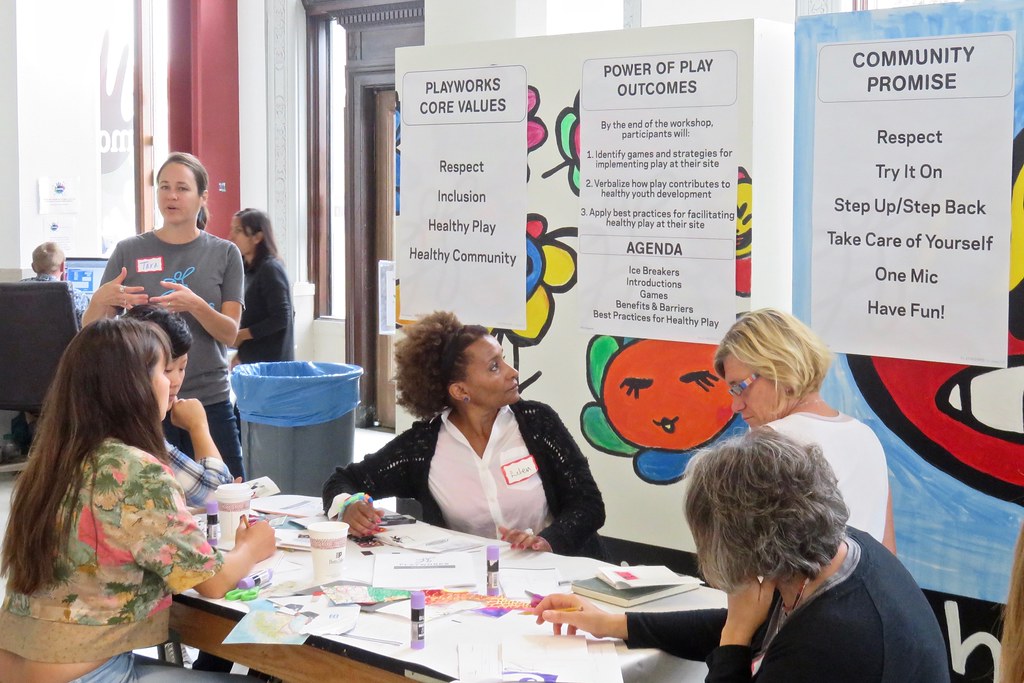
Evolving Teacher Roles in Personalized Learning
In personalized learning environments, teachers take on the role of guides. They leverage data from adaptive technologies to tailor lessons according to each student's needs and interests.
Core Responsibilities Include:
- Implementing Differentiated Instruction: Teachers modify their teaching approaches to cater to diverse learners.
- Creating Project-Based Learning Experiences: They create project-based learning opportunities that connect academic work with real-world challenges, fostering critical thinking and collaboration.
- Utilizing Competency-Based Models: Teachers assess mastery, permitting students to advance upon demonstrating understanding.
- Developing Flexible Learning Spaces: They develop adaptable environments where students can access resources at any time, integrating technology to support both in-person and online learning.
- Promoting Student Agency: By offering choices in learning activities and developing personalized plans, teachers enhance student agency.
- Crafting Performance-Based Assessments: Teachers design these assessments to provide constructive feedback, aiding students in their improvement journey.
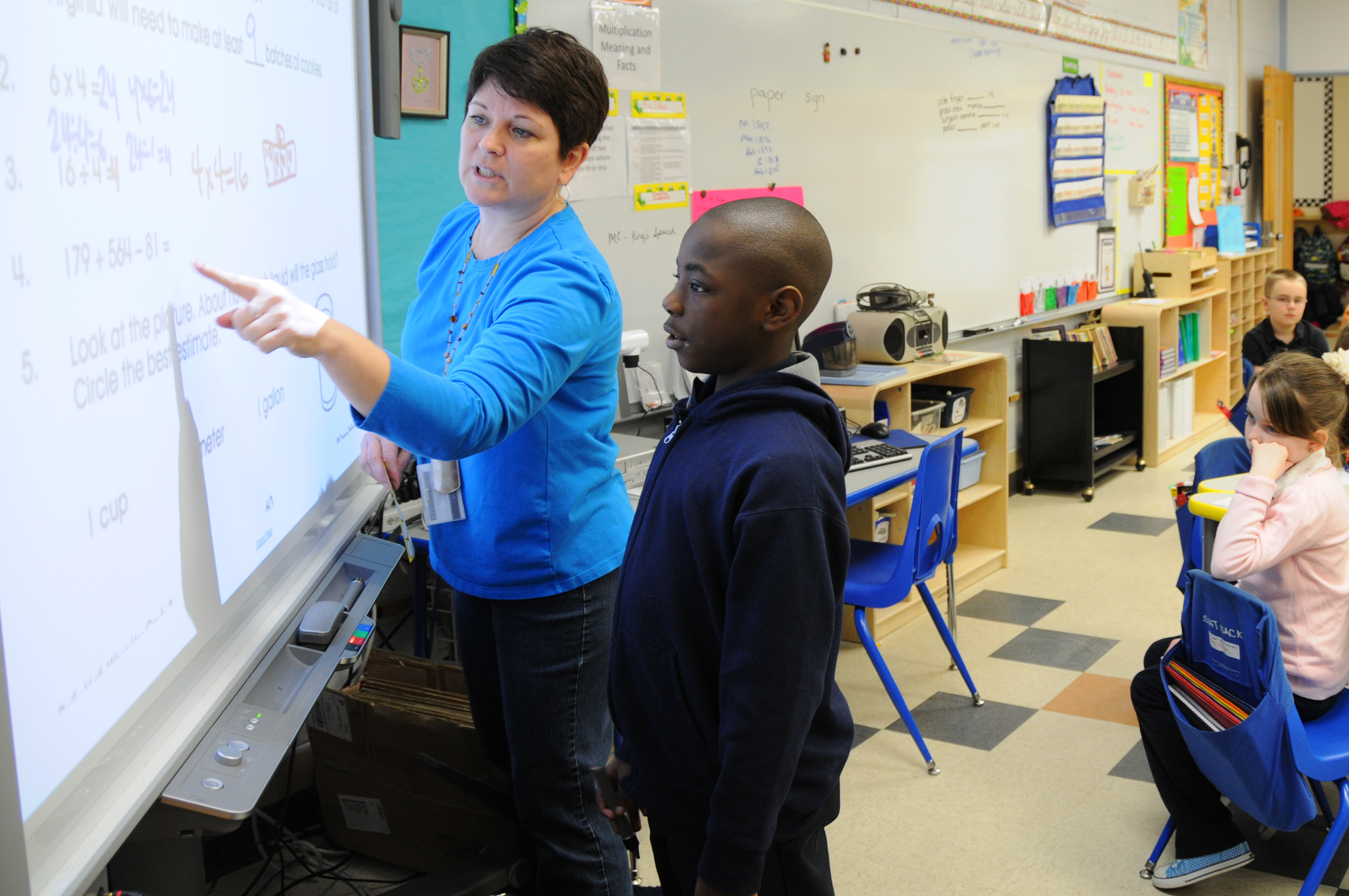
FAQs About Personalized Learning Experiences
Integrating Personalized Learning into Traditional Classrooms
Bringing personalized learning into traditional classrooms requires adjustments to the curriculum, learning spaces, and pace to align with each student's strengths, weaknesses, and interests, all while adhering to educational standards. Teachers play a crucial role; they monitor each student's progress and adapt their teaching to ensure comprehension before advancing.
Utilizing personalized learning tools like adaptive digital resources and custom materials fosters a student-centered classroom. Combining traditional teaching with tech-driven flexible learning keeps students engaged and aids retention. When students set their own learning goals and track their progress, they gain a sense of control and motivation within the traditional classroom framework.
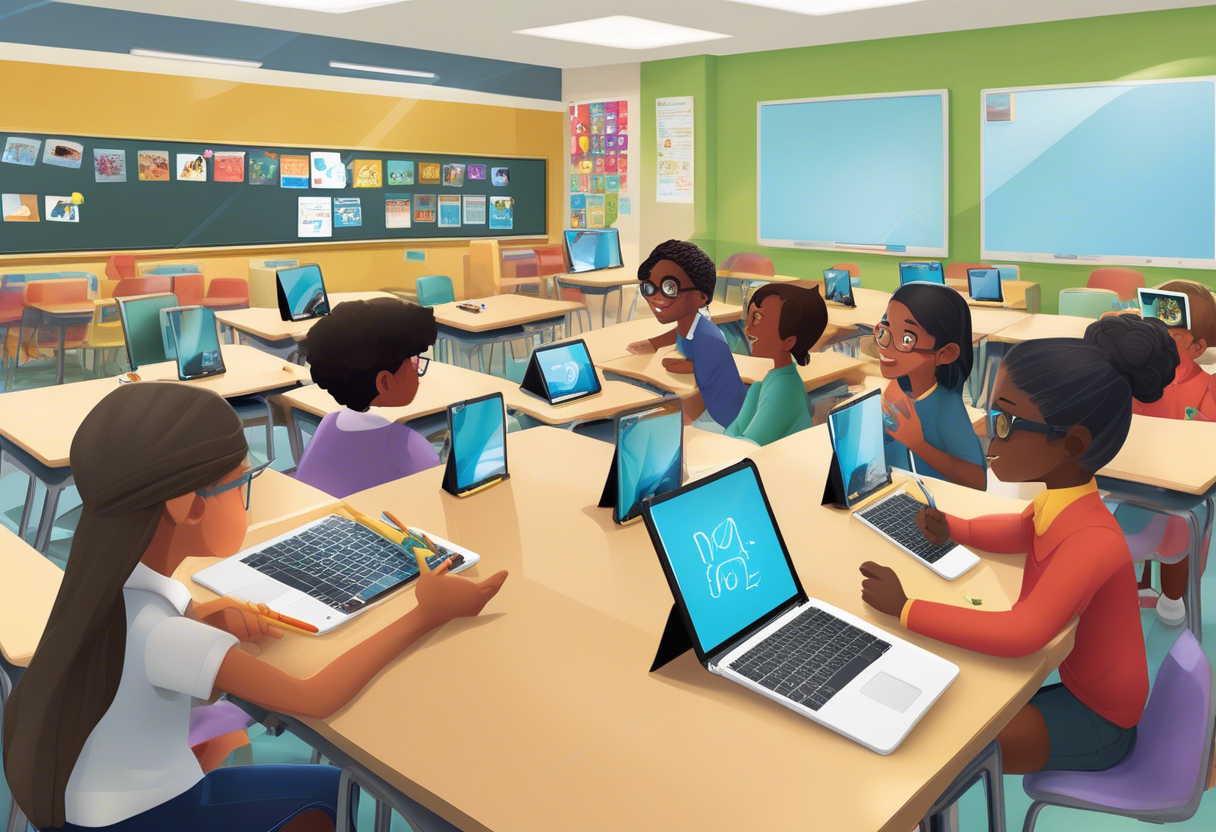
Effective Tools for Personalized Learning Implementation
Adaptive digital learning platforms are excellent for personalized learning as they tailor content based on student performance and learning preferences, with the added benefit of anytime, anywhere access. Customizable learning materials, such as personalized book covers, tailored assignments, and interactive resources, maintain student interest and address diverse needs.
eLearning course authoring tools enable teachers to create personalized content from scratch, making it more relevant and memorable. Activities that emphasize real-world problems and problem-solving encourage critical thinking and independent learning. Portfolio systems, where students can showcase projects, writing, and experiments, support personalized assessment and reflection.
Boosting Student Motivation with Personalized Learning
Personalized learning enhances motivation by connecting lessons to students' interests, making learning more relevant and engaging. It involves students in goal-setting and self-assessment, fostering ownership and a proactive learning approach. Students can progress at their own pace, preventing boredom or frustration and building confidence and mastery.
Additionally, personalized learning allows students to explore their interests through hands-on activities and projects, improving critical thinking and comprehension. Personalized feedback and insights into each student's strengths and challenges strengthen the teacher-student relationship, further motivating students.